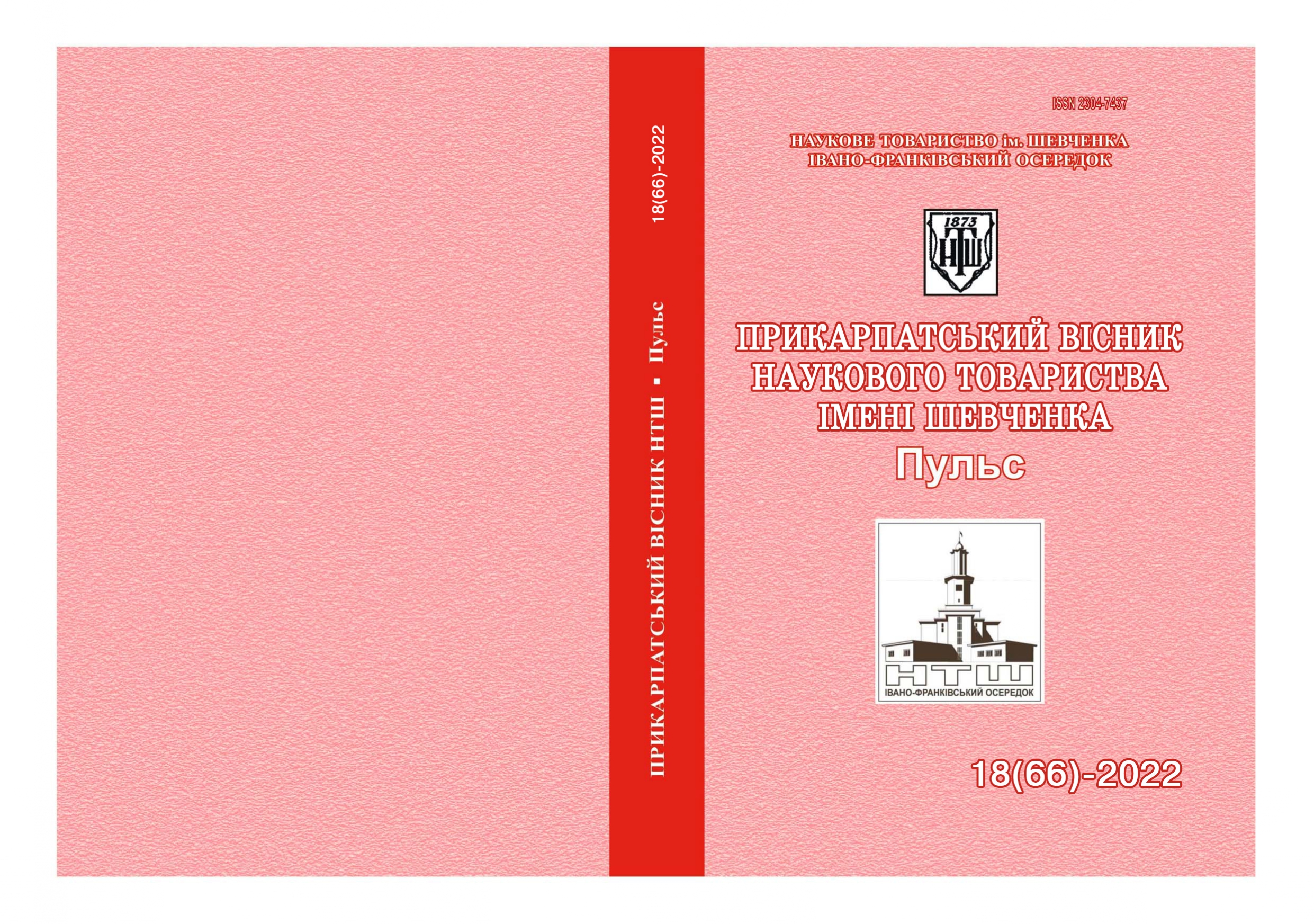INFLUENCE OF CARDIOPROTECTIVE THERAPY IN PATIENTS WITH ACUTE MYOCARDIAL INFARCTION AND TYPE 2 DIABETES MELLITUS ON THE DYNAMICS OF ECHOCARDIOGRAPHIC INDICATORS
DOI:
https://doi.org/10.21802/2304-7437-2022-18(66)-84-98Keywords:
acute myocardial infarction, type 2 diabetes, speckle tracking echocardiography, cardioprotective therapy, systolic dysfunction of the left ventricleAbstract
Acute myocardial infarction (AMI) is one of the leading causes of death among adults in Ukraine and the world. Very often, AMI occurs in patients with various comorbid conditions. It is type 2 diabetes mellitus (T2DM) that is one of the most common comorbidities of patients with AMI. To reduce the manifesta- tions of oxidative stress in patients with this comorbidity, cardioprotective thera- py is used. The most common compounds used for cardioprotective purposes are quercetin and adenosine molecules.
Increasing the effectiveness of treatment of patients with AMI in combina-
tion with type 2 diabetes mellitus by cardioprotection using quercetin and the adenosine-containing drug Advocard.
The study included 60 patients with AMI and type 2 diabetes mellitus. Pa- tients were divided into 2 groups: the control group received basic therapy for AMI and type 2 diabetes. Patients in the main group were prescribed quercetin (4.5 g intravenously for 5 days) and Advocard according to the scheme in ad- dition to the basic therapy. In the course of the study we examined echocardio- graphic indicators.
According to our research, the use of quercetin and the adenosine-contain- ing drug Avdocard leads to an improvement in the systolic function of the left ventricle (LV), contributes to the reverse remodeling of the LV. The use of cardi- oprotective agents quercetin and the adenosine-containing drug Advocard leads to an improvement in LV systolic function, global LV contractility, promotes re- verse LV remodeling. No statistically significant difference in the effect of the studied drugs on LV diastolic function was found.
Key words: acute myocardial infarction, type 2 diabetes, speckle tracking echocardiography, cardioprotective therapy, systolic dysfunction of the left ven- tricle.

